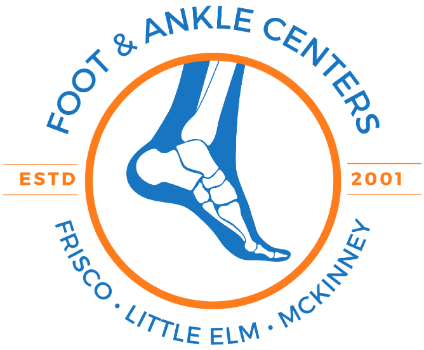Bursitis is a condition that causes inflammation of the bursae, which are small, fluid-filled sacs that cushion the bones, tendons, and muscles near the joints. The most common areas of the body affected by bursitis are the foot and ankle.
The treatment for bursitis in the foot and ankle is a comprehensive process that involves several steps. Firstly, it is important to rest the affected area and avoid any activities that could worsen the condition. This may involve taking a break from activities such as running, jumping, or standing for prolonged periods.
Secondly, the application of ice and heat therapy to the affected area can help reduce inflammation and alleviate pain. Ice therapy involves applying a cold compress or ice pack to the affected area for about 20 minutes at a time, several times a day. Heat therapy involves applying a warm compress to the affected area to help increase blood flow and promote healing.
In addition to rest and ice/heat therapy, stretching and strengthening exercises can be beneficial in managing bursitis. These exercises help to improve joint range of motion and strengthen the muscles surrounding the affected area, reducing the risk of future injury and promoting joint health. Stretching exercises can include gentle stretches of the foot and ankle, while strengthening exercises can include exercises such as calf raises or ankle circles.
Nonsteroidal anti-inflammatory medications can also be prescribed to manage pain and inflammation associated with bursitis. These medications work by reducing inflammation and providing relief from pain. Examples of these medications include ibuprofen or aspirin.
In severe cases, corticosteroid injections can be administered directly into the affected joint to provide immediate pain relief. However, it's important to note that these injections should only be used as a last resort, as they can have side effects.
Physical therapy can be beneficial in improving the strength and flexibility of the affected joint. This involves working with a trained therapist who will design a program of exercises and stretches specific to the person's needs.
Finally, orthotic inserts can be used to support the affected joint and reduce the risk of further injury. These inserts are custom-made to fit the person's foot and can be worn inside their shoes. They can help to redistribute pressure and provide support to the affected area, reducing the risk of further damage.
It's important to note that if left untreated, bursitis can lead to further complications. The pain and swelling can worsen, making it difficult to walk or stand for prolonged periods. In severe cases, bursitis can lead to joint deformity and disability. Therefore, it's always recommended to seek medical attention and follow an appropriate treatment plan to manage the condition.


0 Comments